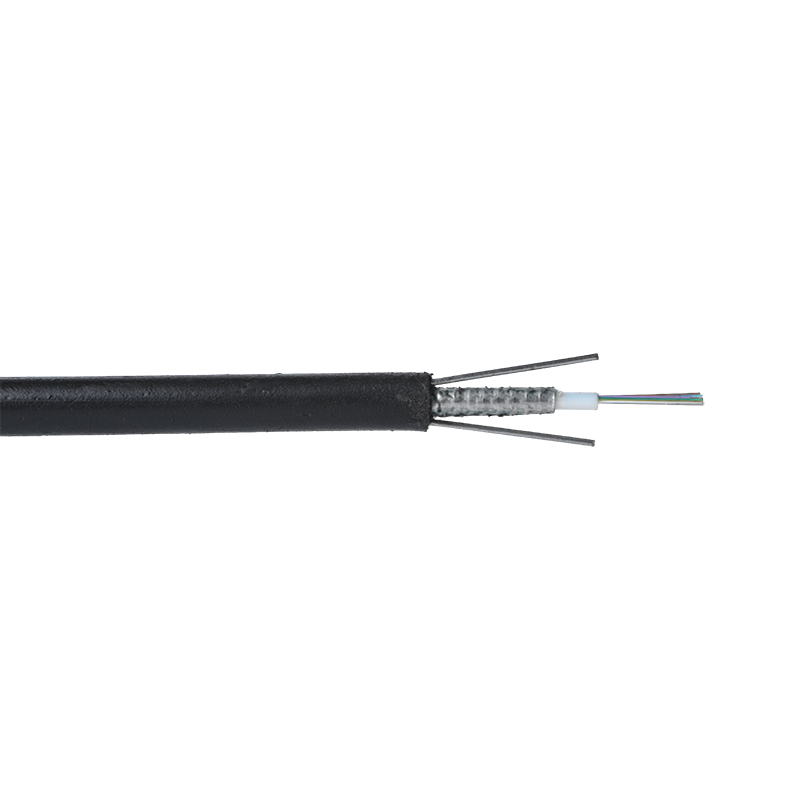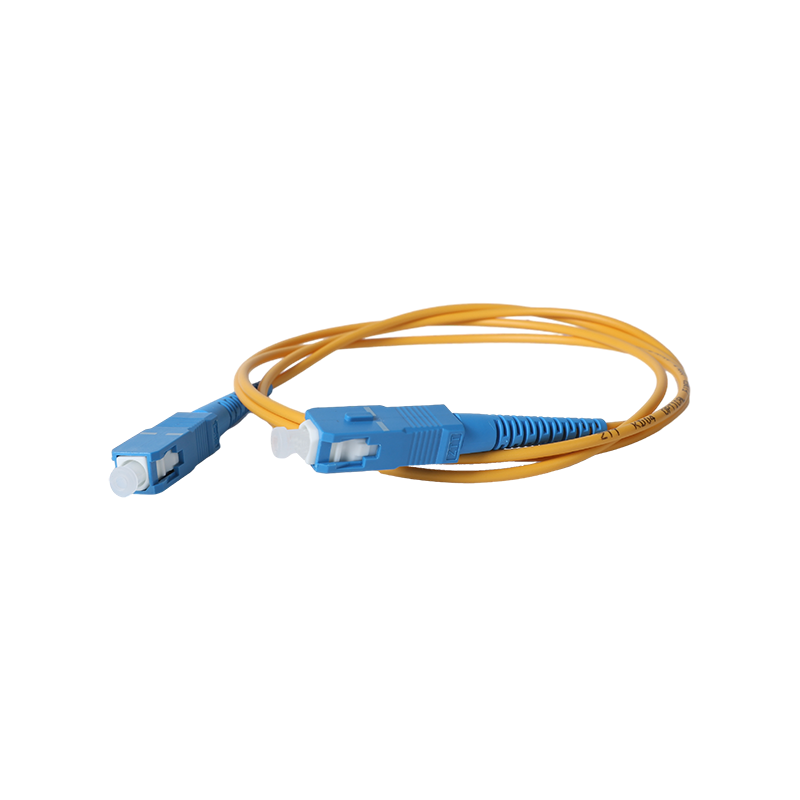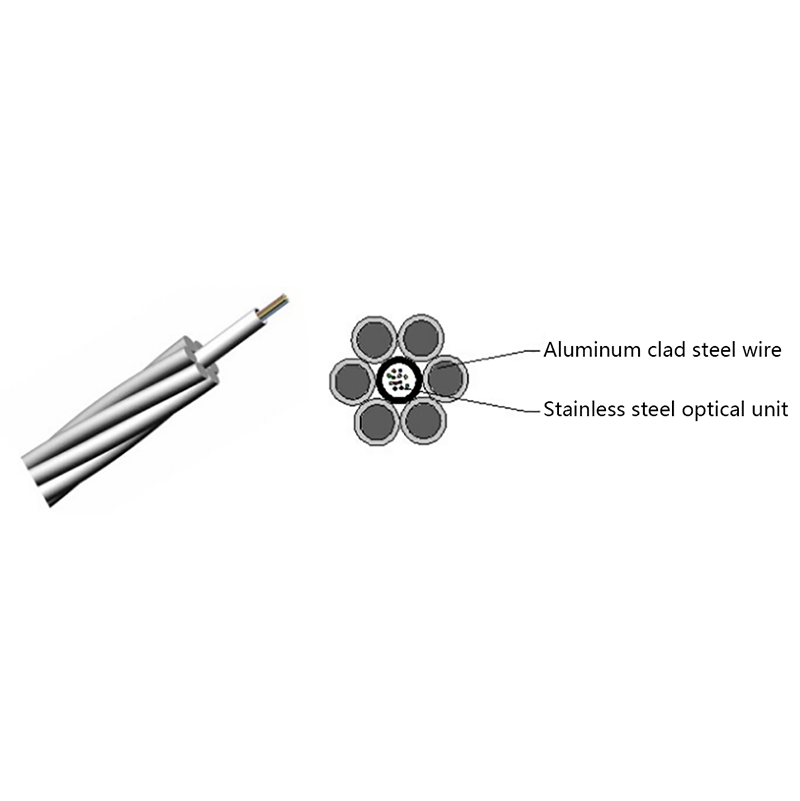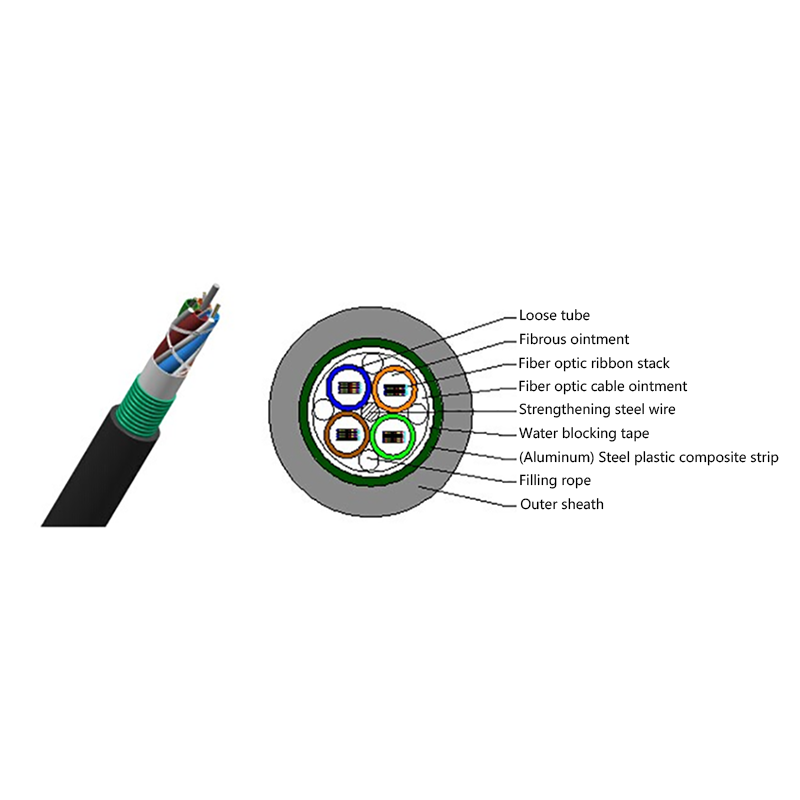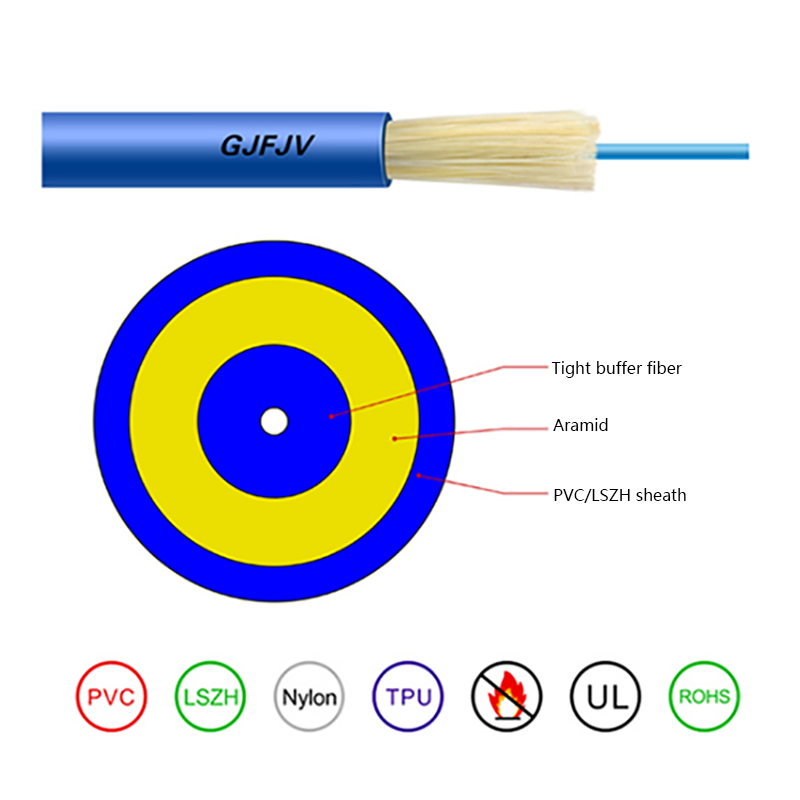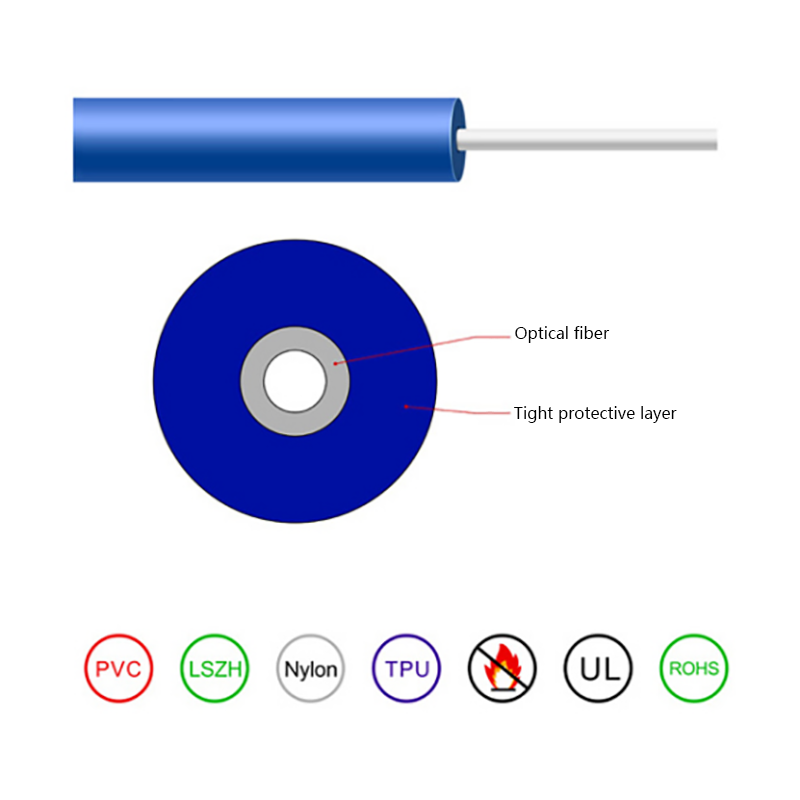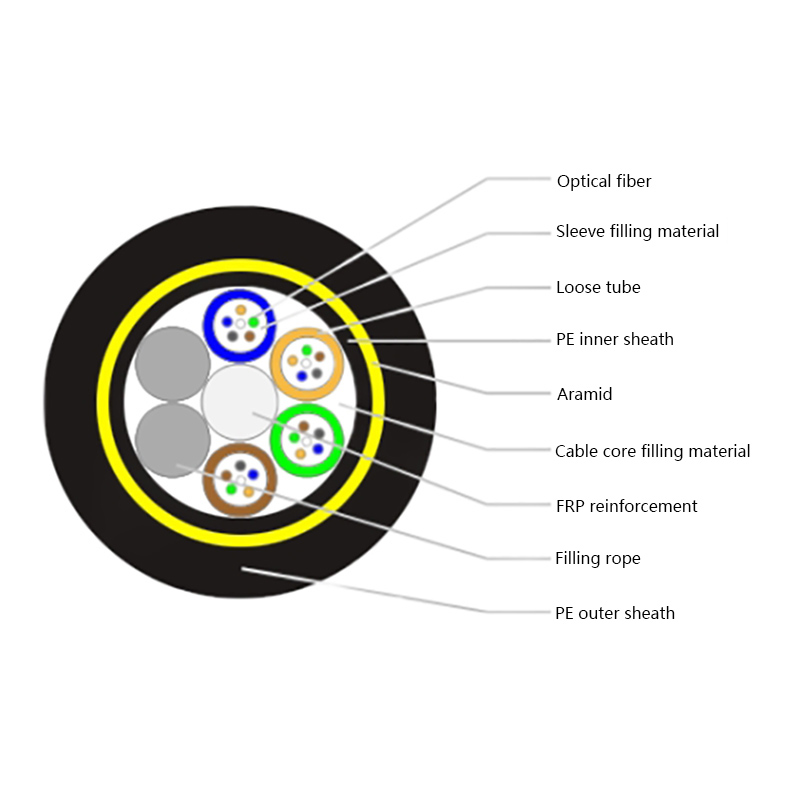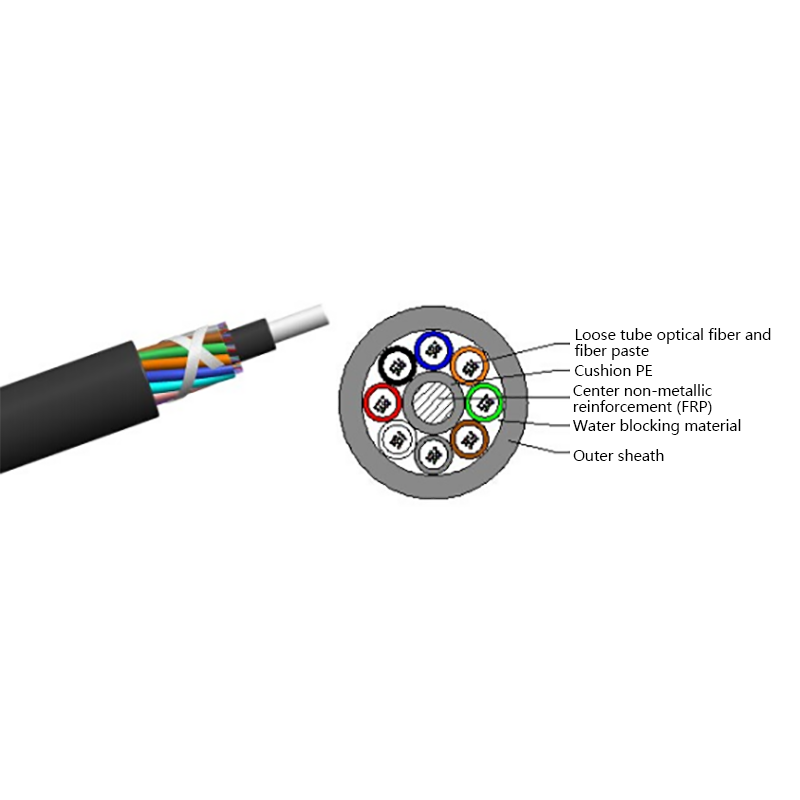How Optical Cables Improve Long-Distance Communication
In today’s interconnected world, communication networks form the backbone of modern society. From internet connectivity to telecommunications, reliable and high-speed transmission of information is essential. One of the most significant advancements enabling this reliability is the use of optical cables. These cables, often referred to as fiber optic cables, have revolutionized the way information is transmitted over long distances.
Understanding Optical Cables
Optical cables are transmission media that use light to carry information. Unlike traditional copper cables that rely on electrical signals, optical cables transmit data through light pulses. This fundamental difference allows optical cables to offer superior performance, especially in long-distance communication.
An optical cable typically consists of a core, cladding, protective coatings, and sometimes an outer sheath. The core is the central part of the cable, usually made of high-purity glass or plastic, where light signals travel. Surrounding the core is the cladding, which has a lower refractive index than the core. This difference ensures that light signals are reflected back into the core, a principle known as total internal reflection. The cladding is coated with protective layers to shield the delicate core from mechanical damage, moisture, and environmental factors.
There are two primary types of optical cables: single-mode and multi-mode. Single-mode cables have a small core diameter, allowing only one light mode to pass through. This type is ideal for long-distance communication because it minimizes signal distortion and attenuation. Multi-mode cables, with a larger core, allow multiple light modes, making them suitable for shorter distances or local area networks.
Advantages of Optical Cables in Long-Distance Communication
Optical cables offer several advantages that make them superior to traditional copper cables for long-distance communication.
1. High Bandwidth Capacity
One of the most significant advantages of optical cables is their high bandwidth capacity. Optical fibers can carry large amounts of data at extremely high speeds. This is particularly important for long-distance communication where large volumes of information need to be transmitted efficiently. High bandwidth ensures that multiple communication channels can operate simultaneously without signal interference.
2. Low Signal Loss
Signal loss, or attenuation, is a critical factor in long-distance communication. Traditional copper cables experience significant resistance over long distances, resulting in weakened signals that require amplification. Optical cables, on the other hand, have minimal attenuation. Light signals can travel several kilometers before requiring a repeater or amplifier, making optical cables highly suitable for long-distance networks.
3. Immunity to Electromagnetic Interference
Electrical signals in copper cables are susceptible to electromagnetic interference from nearby electrical equipment, power lines, or environmental sources. Optical cables transmit data using light, making them immune to such interference. This property ensures stable and reliable communication over long distances, even in areas with high electrical noise.
4. Enhanced Security
Long-distance communication often requires secure data transmission. Optical cables provide enhanced security because intercepting light signals without detection is extremely difficult. Unlike electrical signals, light cannot easily leak through the cable, reducing the risk of unauthorized access. This makes optical cables a preferred choice for sensitive data transmission in financial, government, and defense sectors.
5. Lightweight and Durable
Optical cables are lighter and thinner than copper cables, which reduces the physical burden during installation and maintenance. They are also resistant to corrosion and environmental factors such as moisture and temperature variations. The durability of optical cables ensures a longer lifespan and reduced maintenance costs for long-distance communication networks.
How Optical Cables Improve Communication Over Long Distances
The advantages of optical cables directly translate into improved long-distance communication. Several factors contribute to this improvement.
1. Reduced Signal Degradation
In long-distance networks, signal degradation can lead to slower transmission speeds, data loss, or communication errors. Optical cables reduce signal degradation due to their low attenuation properties. Single-mode optical fibers are especially effective because they allow light to travel in a straight path without significant dispersion, maintaining signal integrity over hundreds of kilometers.
2. Faster Data Transmission
Optical cables use light pulses to transmit information, which travel faster than electrical signals in copper cables. This speed advantage becomes more pronounced over long distances, allowing real-time communication and reducing latency. Faster data transmission is critical for applications such as video conferencing, financial transactions, and cloud computing, where delays can have significant consequences.
3. Long-Distance Network Scalability
Optical cables enable scalable long-distance networks. As data demand increases, network operators can expand capacity by adding more optical channels or using wavelength-division multiplexing (WDM) technology. WDM allows multiple data streams to travel simultaneously through a single optical fiber by using different light wavelengths. This flexibility ensures that long-distance communication networks can adapt to growing traffic without extensive infrastructure changes.
4. Reliable Transmission in Harsh Environments
Long-distance communication often requires cables to traverse challenging terrains, including underwater routes, mountains, or deserts. Optical cables are designed to withstand harsh environments. Armored optical cables, for instance, have protective layers that prevent physical damage and water ingress. This reliability ensures uninterrupted communication even in remote or hostile locations.
5. Integration with Modern Communication Systems
Optical cables integrate seamlessly with modern communication systems, including the internet backbone, telephone networks, and television networks. Long-distance connections between cities, countries, and continents rely heavily on optical cables to ensure high-speed, stable, and secure data transmission. The compatibility of optical cables with advanced technologies ensures that long-distance communication can meet contemporary demands.

Applications of Optical Cables in Long-Distance Communication
Optical cables are widely used in various long-distance communication applications. Some notable examples include:
1. Telecommunications Networks
Telecommunications companies use optical cables to connect cities, regions, and countries. High-capacity optical cables form the backbone of telephone networks and mobile communication systems, enabling voice and data transmission over vast distances with minimal loss.
2. Internet Backbone Connections
The internet relies on optical cables for global connectivity. Undersea optical cables connect continents, while terrestrial networks link major cities. These cables carry enormous amounts of internet traffic daily, ensuring fast and reliable access to websites, cloud services, and streaming platforms.
3. Television and Broadcasting
Optical cables support long-distance television broadcasting and live streaming. The high bandwidth and low latency of optical fibers allow broadcasters to transmit high-definition video signals over hundreds of kilometers without compromising quality.
4. Research and Scientific Communication
Research institutions and laboratories use optical cables for long-distance data transfer, especially when handling large datasets from experiments, simulations, or observatories. Optical cables enable real-time collaboration between geographically distant teams and facilitate the sharing of critical scientific data.
5. Financial and Enterprise Networks
Financial institutions and large enterprises depend on optical cables for secure and fast communication. Long-distance optical connections are crucial for stock exchanges, banking operations, and enterprise networks that require low-latency and high-security data transmission.
Challenges and Considerations
While optical cables offer numerous advantages for long-distance communication, there are challenges and considerations:
Installation Complexity: Laying optical cables, especially undersea or in rugged terrains, requires specialized equipment and expertise.
Cost: Optical cables and their installation can be more expensive than copper solutions, though their performance benefits often justify the investment.
Signal Amplification: Although optical cables have low attenuation, very long distances still require repeaters or amplifiers to maintain signal strength.
Physical Damage: Despite their durability, optical cables can be damaged by construction activities, natural disasters, or rodent attacks, requiring careful protection.
Conclusion
Optical cables have transformed long-distance communication by providing high-speed, secure, and reliable data transmission. Their low signal loss, immunity to electromagnetic interference, and high bandwidth capacity make them indispensable for modern communication networks. From connecting continents with undersea cables to supporting enterprise networks and internet backbones, optical cables continue to enable seamless and efficient long-distance communication.
As technology evolves and data demands increase, optical cables will remain a critical component in expanding and improving communication infrastructure. Understanding their benefits, applications, and limitations allows engineers, businesses, and governments to design robust communication networks that meet the needs of a rapidly changing world.



 English
English русский
русский Español
Español عربى
عربى 中文简体
中文简体


